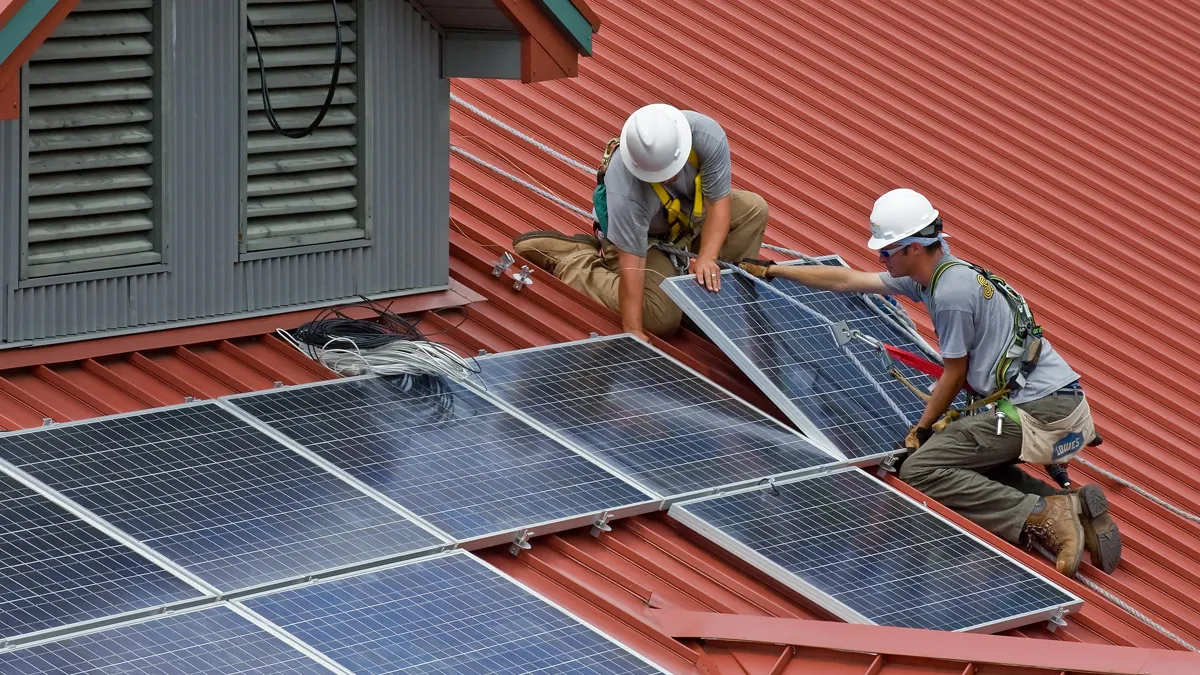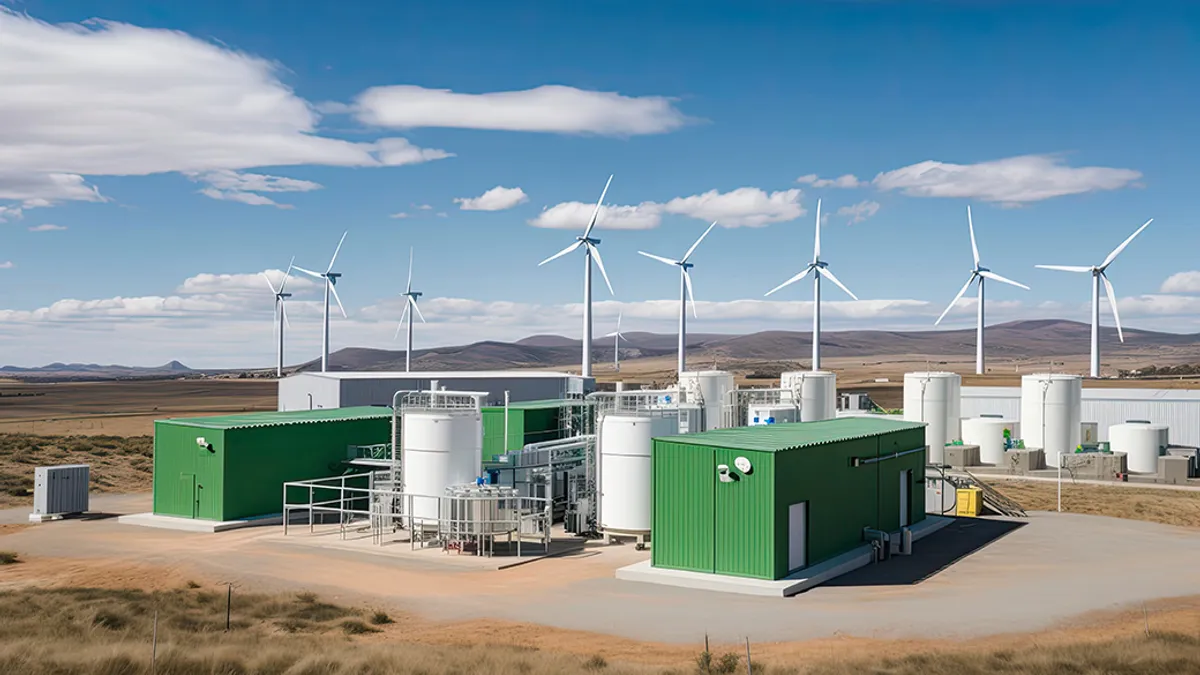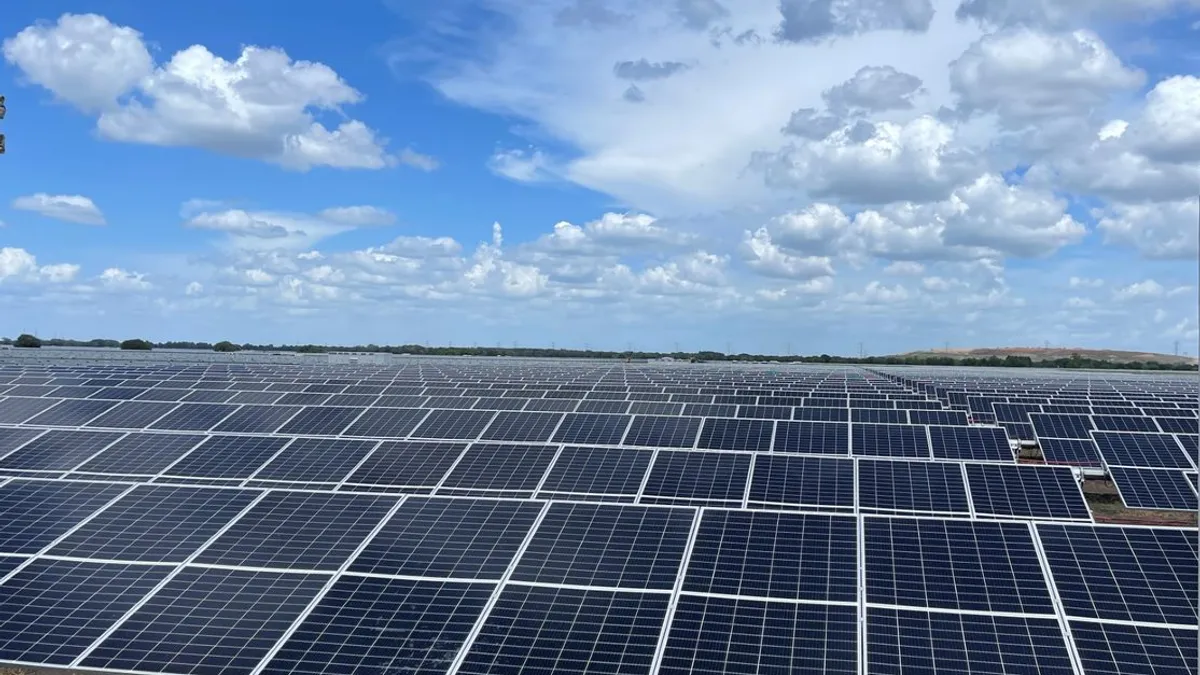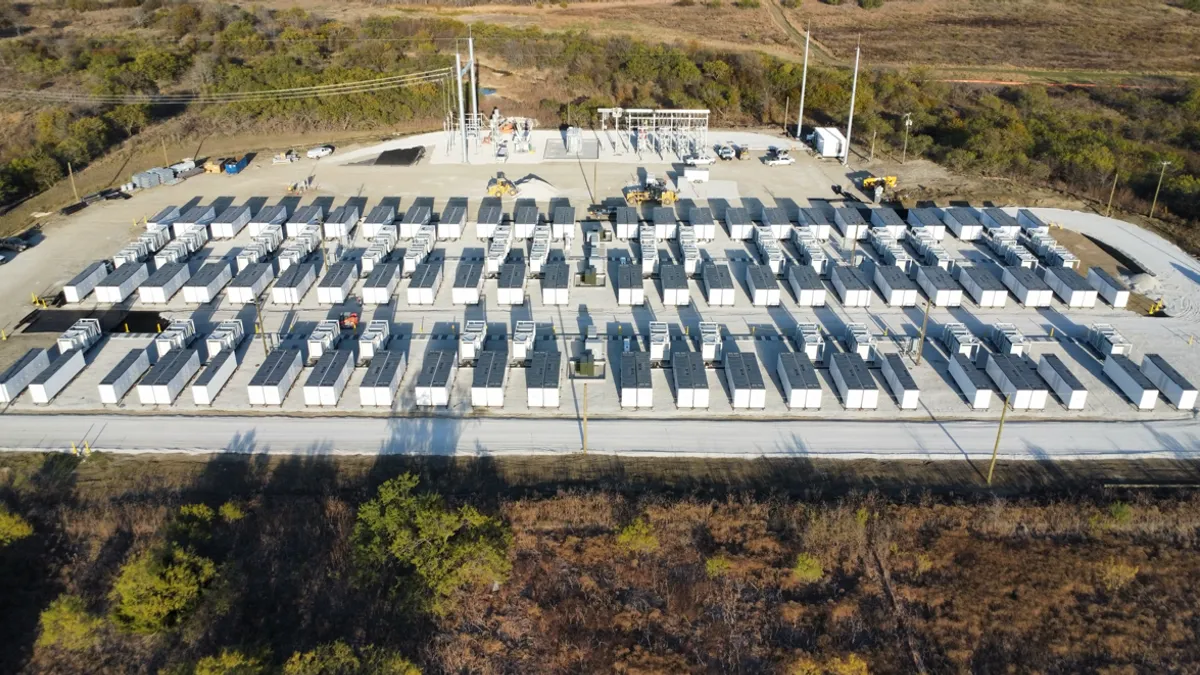Editor's Note: The following article is a guest post by Ashley Brown. Brown is the executive director of the Harvard Electricity Policy Group and a former commissioner of the Public Utilities Commission of Ohio.
The reality of today’s “two-tier” economy is an unfortunate one, with incomes falling flat or falling for all but the top 10th of U.S. income earners between 2010 and 2013, according to the Federal Reserve. As wealthy households continue to outpace middle and lower-class families, a second look must be given to the policies that widen this wealth gap. In particular, policymakers involved in laying out their state’s and the country’s energy path must be conscientious about balancing policies that encourage the development of new renewable energies such as rooftop solar with the needs of their constituents.
The policy of net metering is one such area that warrants examination. Essentially, net metering means that electricity customers who have solar panels on their roof can sell electricity they generate back to their utility during times when they are producing more power than they need. Of course, our society needs clean and efficient renewable energy resources such as rooftop solar, and this is an example of how policymakers are working hard to ensure that renewable choices are available to all energy consumers. It’s understood that net metering compensates rooftop solar generators at a rate that is equal to that electricity’s full retail value. How and to what extent solar customers are compensated for the power they generate has cropped up as an issue in many states across the country where the policy of net metering is in force.
To cut through some of the clutter and political rhetoric, I recently published a paper in The Electricity Journal that takes a broad look at how net metering values the energy that these households produce through residential distributed generation (DG), of which rooftop solar is the most common source. The bottom line: solar DG has value, but that value is diminished for a number of reasons. Ultimately, net metering policies do not accurately reflect this value.
This is important because this discrepancy creates unfair and counter-productive cross-subsidies that ultimately transfer costs from more affluent families to lower-income ones. By being paid the full retail value, rooftop solar users are being compensated for the not-insignificant cost of services that they do not provide, including the many services that are provided by utilities.
These customers are not operating outside of the power grid. They rely on the grid to sell back this extra power. The sun also does not shine all the time, so these customers must rely on the grid to get power at night and when it’s cloudy. Therefore, under net metering, residential solar producers are excused from paying their share of the costs of the distribution system, the grid, when energy is being produced on the premises.
Making matters worse, the costs avoided by those with rooftop solar and/or DG systems participating in net metering are usually reallocated to non-solar customers. There is no reason why distributed generation customers should receive free backup service, compliments of their neighbors.
This is an unfair transaction at best, and the conundrum becomes even greater when customers with rooftop solar are stacked up against customers without it. A quick look at these customers illustrates their stark differences. A typical solar unit ranges in the neighborhood of $10,000 to $35,000. Rooftop solar can’t be installed on apartments or in community housing developments. And in order to obtain these units, consumers must have a credit score of 700 or more. It’s clear that those with solar panels are, as a group, more affluent than those without them. And so the cost shift from solar-users to non-solar-users is actually a cost shift from the affluent to the less affluent.
Net metering also ultimately harms the value of solar power in the long term. These policies provide no incentive to improve the performance of solar panels, which already rank as the least effective renewable energy source for reducing carbon emissions. Net metering has created a situation in which the solar DG industry is placing more importance on short-term profits than the long-term value of solar as a clean generation resource.
Another frequent argument in support of solar PV is that it’s better for the environment. Any analysis of the environmental impact of the generation mix should include an examination of the least-cost, most efficient ways to get to the desired results, as my paper highlights. Problematically, the preferential pricing of less efficient solar DG imposes an unnecessarily high-cost approach to reducing carbon. In fact, rooftop solar is the least-efficient and least cost-effective form of renewable generation, and subsidies to DG solar end up biasing the market against more efficient and cost-effective renewable sources. It is highly likely that overpayments for DG have the effect of squeezing more efficient forms of renewable energy out of energy markets by using preferential pricing to grab a disproportionate share, ultimately driving up the cost of reducing carbon. This does not bode well for either the future of renewables or the objective of efficiently reducing carbon emissions.
The production of renewable and clean solar energy at the residential level is a positive development for society. But we shouldn’t discredit that benefit through a pricing mechanism that incorrectly values its benefits. When this issue comes to bear in states across the country, policymakers should think about how to value the resource appropriately, and figure out ways to make it more efficient over the long run for the sake of cleaner electricity for all customers.






















